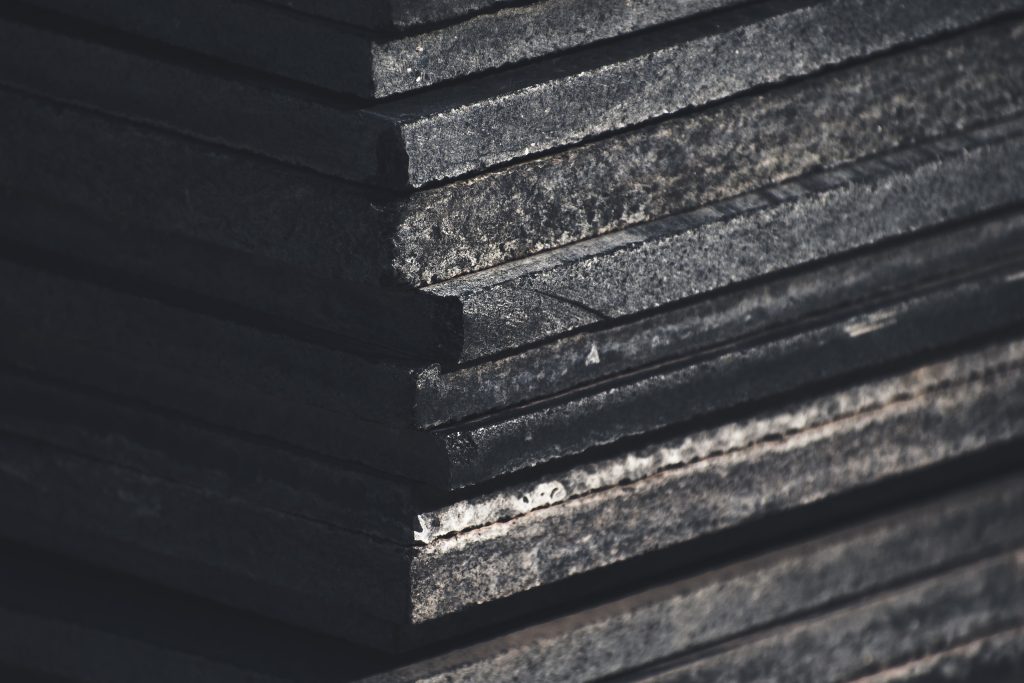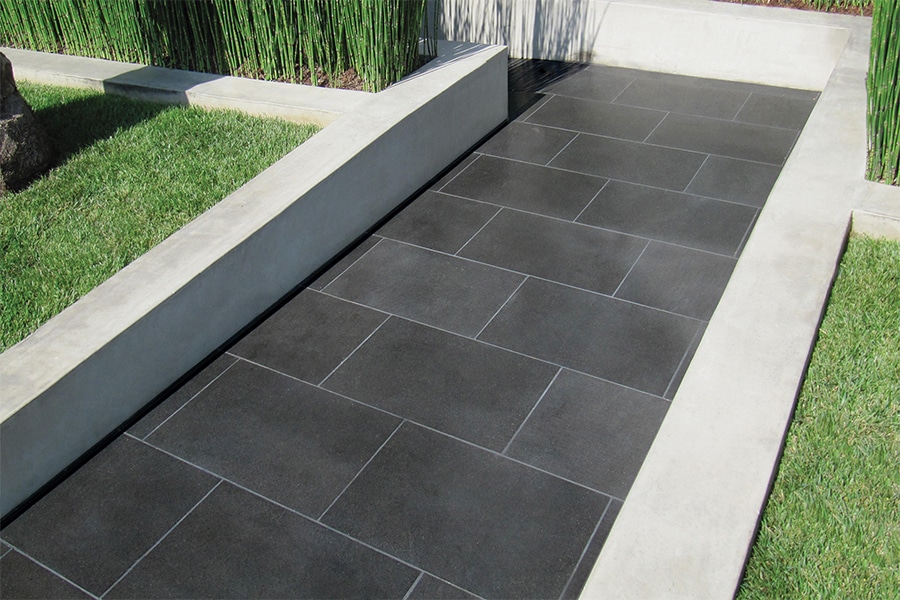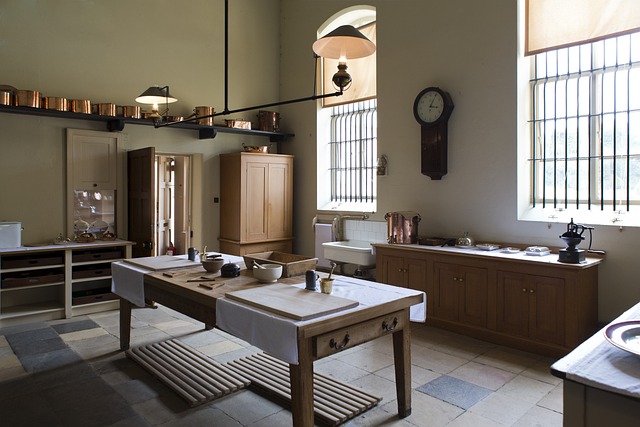What is the best stone flooring for high-traffic areas:
When it comes to choosing the best stone flooring for high-traffic areas with a lot of pedestrians, durability and slip-resistance are two important factors to consider. Here are some popular options:
- Granite: Granite is a dense, hard-wearing stone that can withstand heavy foot traffic and resist scratches and stains. It’s also slip-resistant and easy to clean.
- Sandstone: Sandstone is a popular choice for public spaces because of its natural slip-resistant surface. It’s also durable and low-maintenance.
- Slate: Slate is a strong and durable stone that can handle high foot traffic. It has a naturally slip-resistant surface, which makes it a good option for areas where there is a risk of slips and falls.
- Basalt: Basalt is a volcanic rock that is extremely tough and durable. It’s also slip-resistant and can handle heavy foot traffic without showing signs of wear and tear.
Ultimately, the best stone flooring for high-traffic areas will depend on the specific needs and requirements of the space. It’s important to consult with a flooring expert to determine the best option for your specific situation.
More about basalt stone flooring

Basalt is an igneous rock that is formed from volcanic activity. It is a common material for stone flooring due to its durability and resistance to wear and tear. Basalt stone flooring is a popular choice for high-traffic areas because of its strength and slip-resistant properties.
Basalt stone flooring is available in a range of colors and finishes, including honed, polished, and brushed. The honed finish gives the stone a matte appearance, while the polished finish provides a shiny surface. The brushed finish creates a textured surface that is slip-resistant.
One of the advantages of basalt stone flooring is its ability to handle heavy loads without cracking or chipping. Basalt is also resistant to abrasion, making it ideal for areas with high foot traffic or where heavy equipment may be moved across the surface. It is also resistant to water damage and staining.
However, it’s important to note that basalt stone flooring can be more expensive than other options. It also requires a professional installation due to its weight and hardness. Additionally, the natural variation in basalt stones can make it difficult to match pieces for a uniform look.
Overall, basalt stone flooring is an excellent choice for high-traffic areas due to its durability, slip resistance, and low maintenance requirements.
Does basalt scratch easily?
Basalt is a very hard and durable stone, which means it is generally resistant to scratching. It is actually one of the hardest natural stones available for flooring, making it an ideal choice for high-traffic areas or areas where heavy equipment or machinery may be moved across the surface.
That being said, like all natural stones, basalt can still scratch if subjected to enough force or abrasion. Sharp or heavy objects dragged or dropped across the surface can cause scratches. In addition, if the surface of the basalt is not properly sealed, dirt and debris can accumulate, which can lead to scratches from abrasion.
To minimize the risk of scratches, it is important to properly maintain and clean basalt stone flooring. Regular cleaning and sweeping can help prevent the accumulation of dirt and debris, while a sealant can protect the surface from scratches and other forms of damage. In addition, it is important to avoid dragging heavy or sharp objects across the surface, and to use protective furniture pads to prevent scratches from furniture legs.






